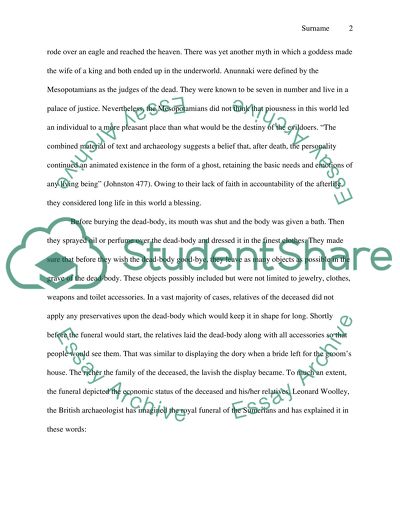The Primitives, Burials and Myths of Mesopotamia Essay. Retrieved from https://studentshare.org/religion-and-theology/1433378-the-primitives-burials-and-myths-of-mesopotamia
The Primitives, Burials and Myths of Mesopotamia Essay. https://studentshare.org/religion-and-theology/1433378-the-primitives-burials-and-myths-of-mesopotamia.


